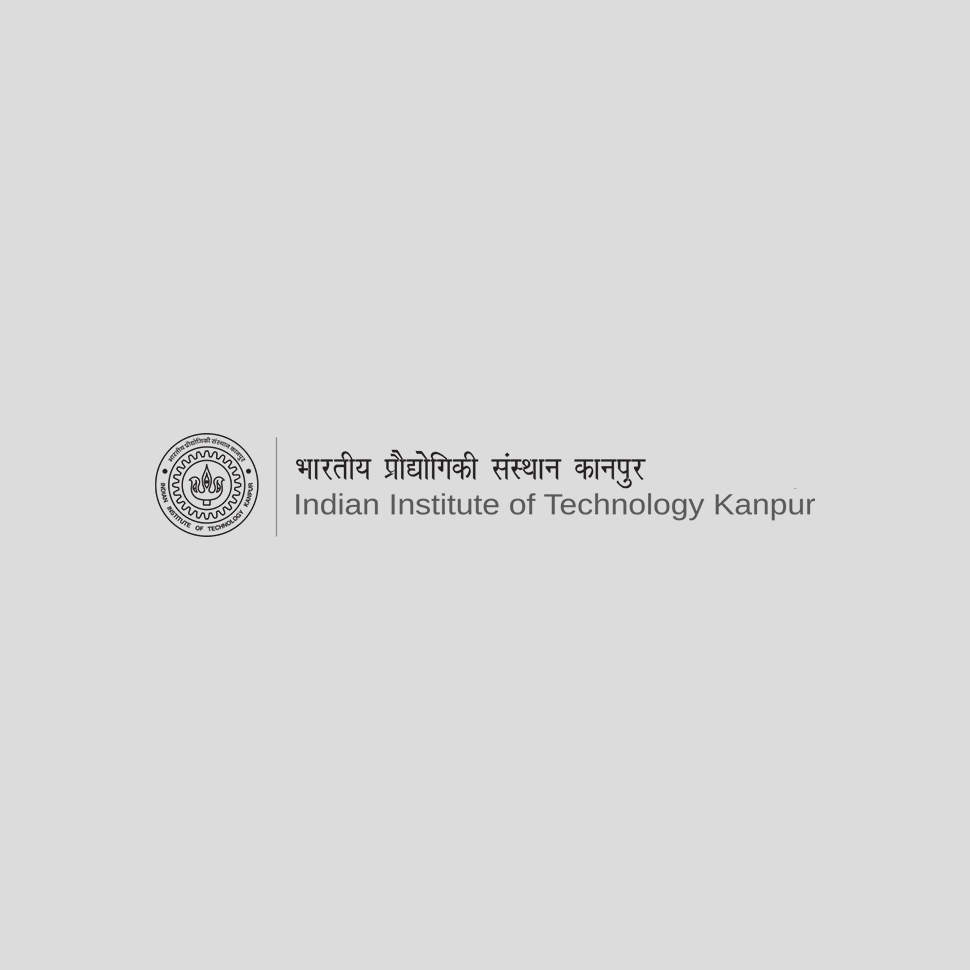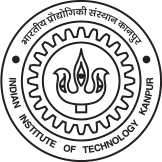
Single Cylinder Optical Research Engine (SCORE)
संपर्क करें
- Dr Avinash K Agarwal, FSAE, FASME
Department of Mechanical Engineering
Indian Institute of Technology Kanpur
Kanpur - 208016 India
Home Page: www.iitk.ac.in/erl
Tel: +91 512 2598682 (Res)
Fax: +91 512 2597982, 2597408 (Off)
प्रवेश प्रक्रिया:
Contact Prof. Avinash Kumar Agarwal
आयोजन स्थल:
Engine Research Laboratory, IIT Kanpurसमय:
Contact Prof. Avinash Kumar Agarwalसंपर्क सूचना:
Engine Research Laboratory
Department of Mechanical Engineering
IIT Kanpur, Kanpur-208016
Tel: +91 512 2597458 (Lab)
Brief description
- This has a flexible internal combustion system with provision to vary fuel injection strategies, injection timings, supercharging boost pressure, compression ratio (slightly) etc.
- It is equipped with fuel conditioning, lubricating oil conditioning and coolant condition systems for conducting investigations at standard controlled conditions.
- This facility has provision for measurement and control of fuel injection pressure, injection pattern (two pilot, one main and one post injection).
- It is equipped with AC dynamometer, state-of-the-art intake air measurement system, and gravimetric fuel flow meter.
- For particulate characterization, Smart Particulate Sampler (SPC) is installed in this system. For in-situ combustion analysis, water cooled piezo-electric pressure transducer, fuel-line pressure sensor and crank angle encoders are installed on this facility.
- For Combustion visualization, it has transparent quartz liner and quartz window in the piston crown. Engine also has provisions for installation of endoscope for combustion visualization, which is particularly very useful at higher engine load conditions.
Single Cylinder Research Engine Specifications
Number of cylinders | 1 |
Cylinder bore/ Stroke | 85 mm/ 90 mm |
Swept volume | 510.7 cc |
Inlet ports | Tangential and Swirl Inlet Port |
Maximum power | 16 kW |
Maximum speed | 4500 rpm |
Fuel | Mineral Diesel |
Fuel system | Direct injection |
High Pressure System | Common Rail CP4.1 BOSCH |
Engine Management System | AVL-RPEMS+ ETK7 BOSCH |
Cylinder pressure, max. | 150 bar |
Valves per cylinder | 4 ( 2 inlet, 2 exhaust) |
Valve train type | DOHC cam follower |
Liner type/ base | Wet |
Liner type/ optical | Dry |
List of testing, research and consulting areas, where it can be useful:
This facility can be utilized for efficiently conducting following investigations:
- Evaluation of performance of any new diesel like fuel.
- Study of combustion characteristics of diesel, biodiesel and any other CI engine fuel by measuring in-cylinder pressures and fuel-line pressure w.r.t. crank angle degree and in-situ analysis of this data for finding heat release rate and fuel burning rate.
- Optimization of fuel injection timing and determination of optimum strategy of fuel injection for best performance and emission characteristics.
- Measurement of gaseous and particulate emissions from diesel, biodiesel and any other CI engine fuel. Engine out particulate mass emissions can be measured and detailed characterization of particulate composition and toxicology can be performed with variation of fuel injection pattern, quantity of EGR, supercharging boost pressure etc.
- Study of fuel spray formation and atomization process in transparent engine cylinder.
- Combustion visualization can be done at lower engine loads (peak cylinder pressure: 60 bar).
- Application of endoscope for combustion visualization at full permissible engine load (peak cylinder pressure: 150 bar).
- Effect on fuel performance, emissions and combustion with exhaust gas recirculation (EGR) and supercharging can also be investigated with varying fuel injection parameters with appropriate modification in the engine setup.
- Flexibility of this engine can be utilized for finding control parameters (fuel injection timing, EGR quantity, supercharging pressure and inter-cooling) for direct injection HCCI combustion.
- This facility can be used for ECU mapping/ calibration for wide range of fuels/ engine configurations by finding optimum intake air pressure, fuel injection pressure, injection strategies and injection timings.



